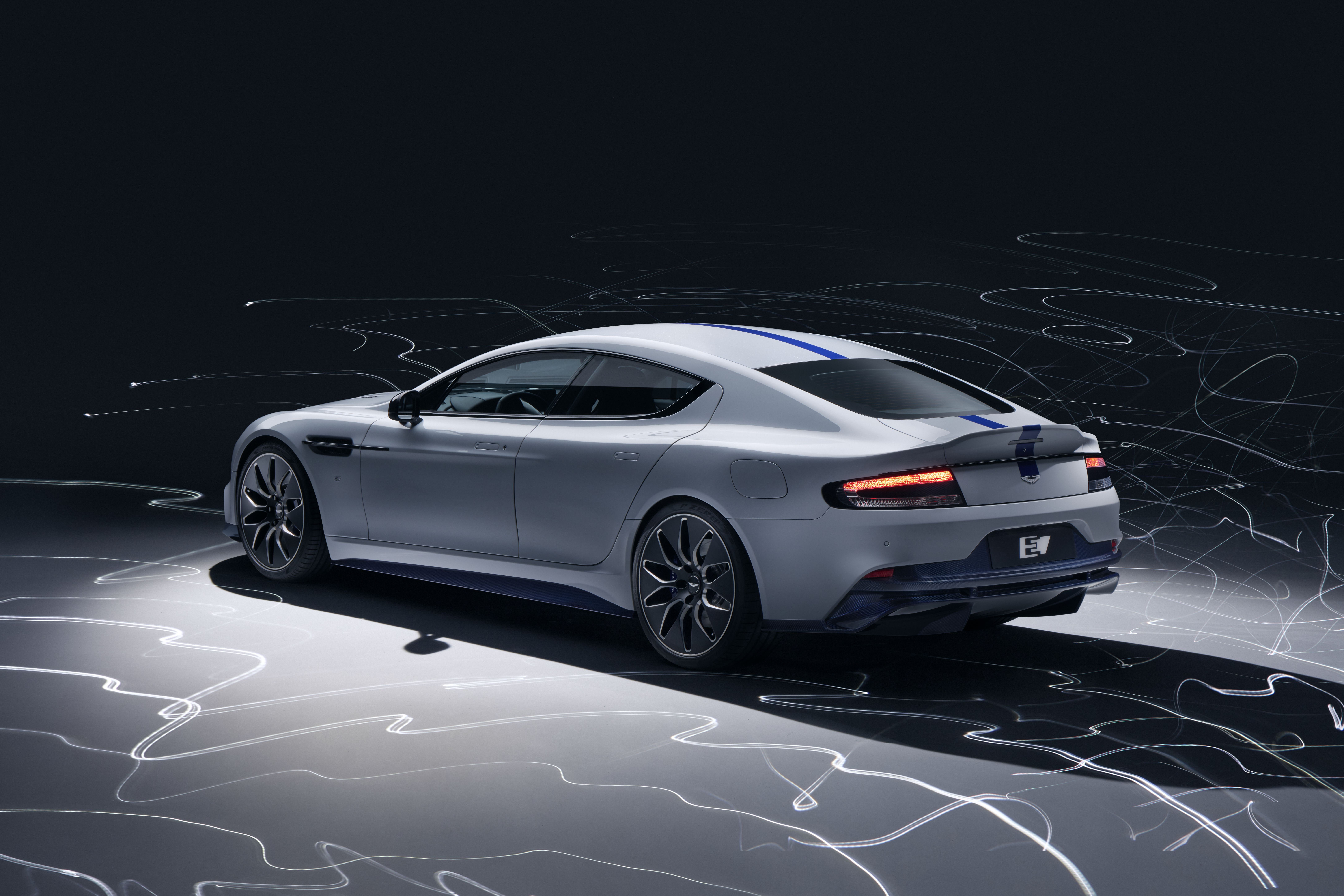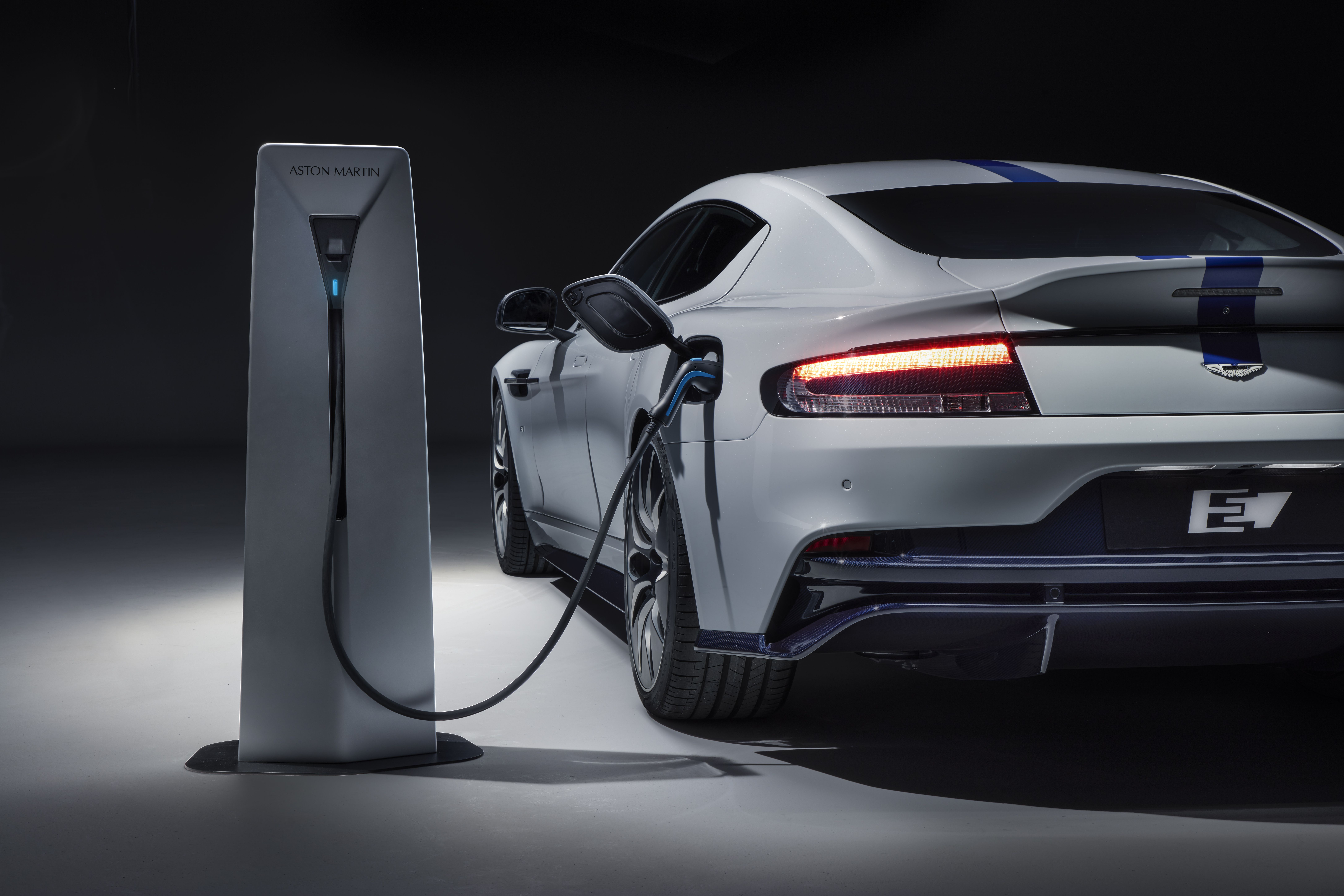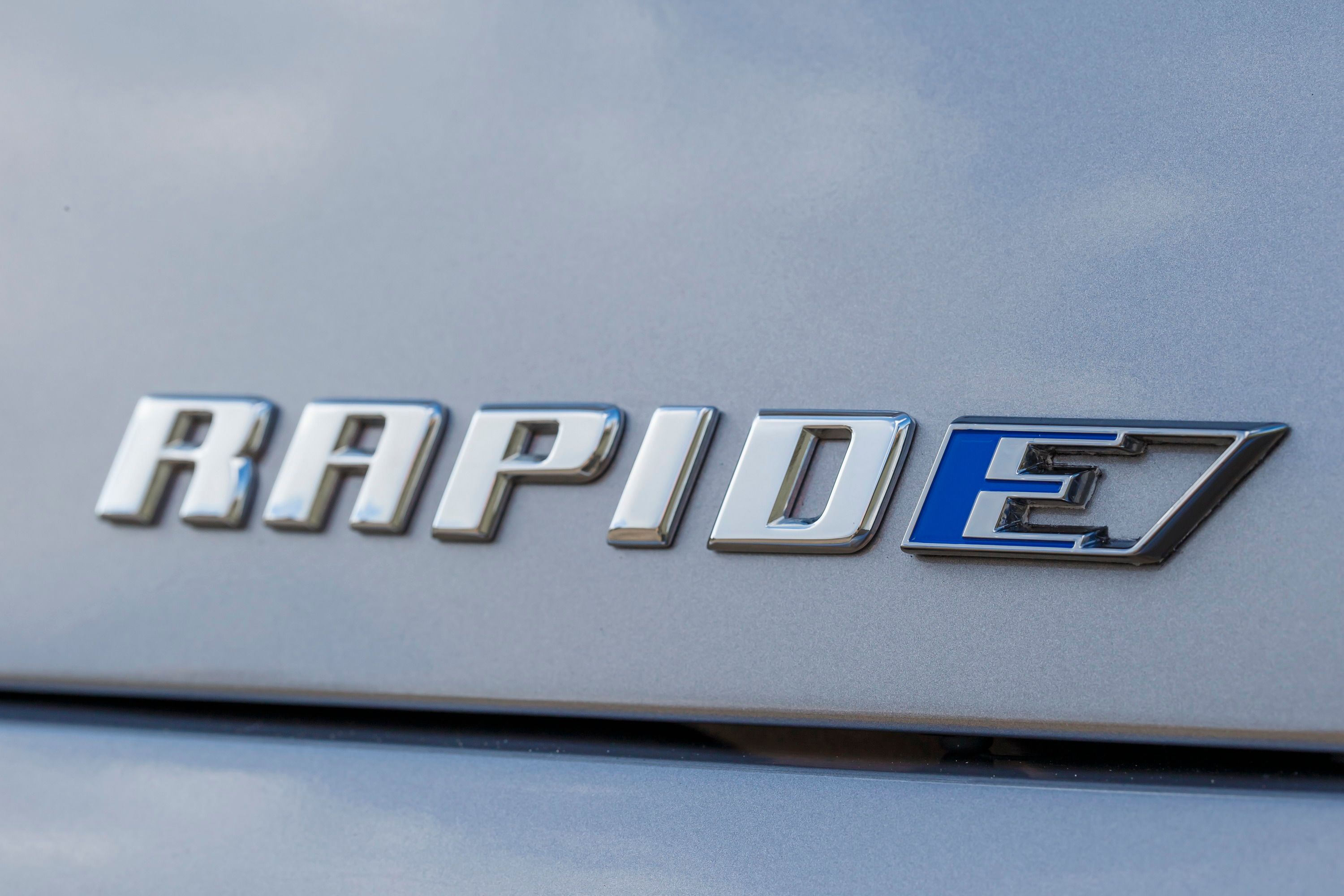Despite the introduction of the DBX, 2019 was a very tough year for Aston Martin, which posted a pre-tax loss of $118 million through September of 2019. Now, Aston Martin has warned that its annual profit for 2019 will be cut in half, while Reuters is reporting that December sales were so disappointing that wholesale volumes dropped by seven percent in 2019. All told, annual profits for 2019 (converted from GBP to USD) will sit between about $170 million and $182 million - a far cry from the company’s $325 million profit in 2018.
Financial figures being what they are, that means there are going to be some big financial changes for the company in 2020, including a cost-cutting program that puts at least one model on the guillotine.
Say Goodbye to the Aston Martin Rapid E – The Car We Barely Got to Know
If anything, I’d expect the entire Rapide lineup to find itself on the chopping block.
Seeing the lineup as a whole nixed wouldn’t be that surprising with that in mind, but the Rapid E, despite the fact that it’s basically an electric Rapide, had some promise. It was introduced as a concept back in 2015 and shown off in full production form in April 2019 before it ran up the hill at the Goodwood Festival of Speed in all-electric silence. Now, thanks to a bad year, and despite its production readiness, the Rapid E has been sent to the grinder – the same fate that fell upon the rebadged electric Scion iQ that Aston Martin was going to sell back in 2011 or 2012.
According to a report from Autocar, the Rapid E will live on to some extent. Apparently, the production-ready EV has been transformed into a research production to help the company in furthering its EV agenda in the years down the road.
The Aston Martin Rapide E in a Nutshell
The Rapid E Was Doomed From the Start
When Aston Martin introduced the Rapid E in 2015 as a concept, the Rapide is was based on was only five years old. So, that wasn’t a big deal. Bringing an electric car to the market in 2020, based on a 10-year-old car, however, is just asking for trouble.
Furthermore, that 65 kWh battery pack just wouldn’t hold up in today’s market. The Tesla Model S and X P100D, for example, rocks out 100 kWh batteries. Even the Chevy Bolt would be damn close at 60 kWh and would offer more range. Ford’s new Mach-E, Mustang-inspired SUV comes with either a 75.7 kWh battery pack or one rated at 98.8 kWh. If the Rapid E’s 65 kWh battery pack would have given 200 miles on the WLTP scale, then it would have anywhere between 160 and 180 miles in the real world, depending on the driver. Can you say obsolete?
What’s Next for Aston Martin – Will the DBX Save the Day?
Aston Martin may have had a bad year on paper, but 2019 was also the year that the company introduced its very first SUV, the DBX. Built on a bespoke (at least for now) platform, the results since its introduction in November of 2019 look promising. Aston Martin has received around 1,800 orders for the DBX during its two months on the market, and deliveries are set to commence sometime between April and June of 2020 (Q2 2020.) Pricing for it starts at $189,900, and it could be in very high demand, so it’s bound to be a very important model for Aston Martin, and it may, in fact, help make 2020 much better. In short, Aston Martin needs the DBX to do for it what the Cullinan did for Rolls-Royce.
So, where does the company go from here? Well, Aston Martin is going to push the DBX hard,, and you can bet that research and development is going to be scaled back for at least 2020, or until profits improve for the brand. , and you can bet that research and development is going to be scaled back for at least 2020, or until profits improve for the brand. }} The Rapid E and its aging chassis will probably see the ax in the very near future too. Outside of that, other models like the Vantage, DB11, and the DBS will probably continue on as they are as Aston relies on the DBX to breathe some fresh life into the company. It’s not out of the question for a special edition or different version of the DBX to come to life, as this kind of thing is relatively cheap to do in the grand scheme of things, so don’t expect Aston Martin to rest and wait for too long. A bad situation like this could turn ugly very fast if the DBX turns out to be a flop.



